
New Delhi: A new pilot study by the National Statistics Office (NSO) has revealed that private limited companies form the bulk of India’s formal services sector, accounting for 83 per cent of corporate services entities in 2022–23. The findings come from the first-ever “Annual Survey of Services Sector Enterprises (ASSSE)”, aimed at giving structured insights into the incorporated services economy.
The study, released on Wednesday, draws from Goods and Services Tax Network (GSTN) data and was carried out in two phases, May to August 2024 and November 2024 to January 2025.
Public limited companies made up only 8.5 per cent of the services entities, while limited liability partnerships (LLPs) accounted for 7.9 per cent.
The survey also highlights the overwhelming influence of large enterprises, those with a value of ₹500 crore or more. These firms, despite being just 2.8 per cent of the total, contributed more than two-thirds of the gross value added (GVA) in the services sector. They also commanded 62.3 per cent of capital expenditure, a comparable share in fixed assets, and 36.1 per cent of outstanding loans. Their share in employment, however, was relatively moderate at 37 per cent.
Firms with output between ₹100 crore and ₹500 crore made up 8 per cent of the total but held over 42 per cent of outstanding loans, 25 per cent of fixed assets and about 20 per cent of GVA. These medium-sized firms accounted for 33.7 per cent of total employment.
At the other end of the spectrum were small companies with an output below ₹10 crore. Though they made up over half of the sample, their economic footprint remained minimal, contributing just 1.2 per cent to output, 2.4 per cent to capital expenditure, and 2.6 per cent to assets.
The NSO said the pilot has paved the way for a full-fledged survey starting 2026, which will offer annual statistics on the services sector similar to the Annual Survey of Industries (ASI) for the manufacturing sector.
“The pilot study confirmed the suitability of the GSTN database as a sampling frame for the survey,” the NSO noted in its statement.
With services accounting for more than 60 per cent of India’s economy, the NSO’s move to build a systematic data system for this segment is seen as a significant shift in the country’s statistical architecture.
BI Bureau


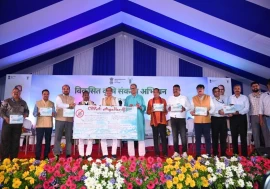
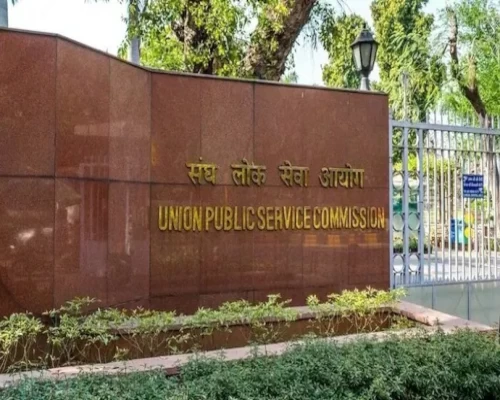


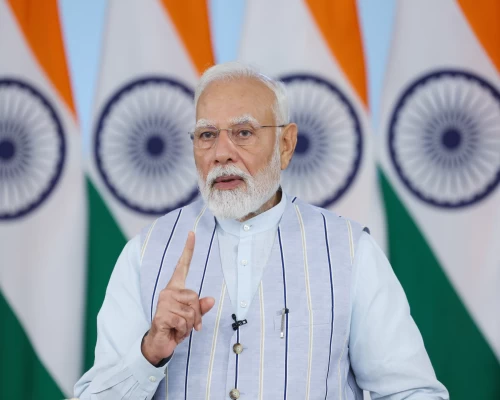
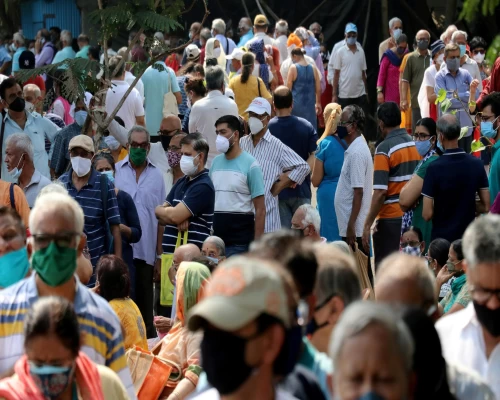
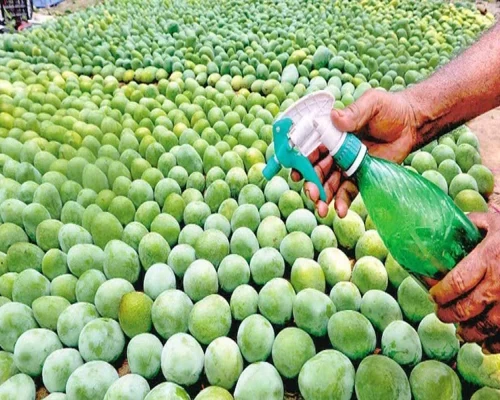
 (13)_500_x_400.webp)


